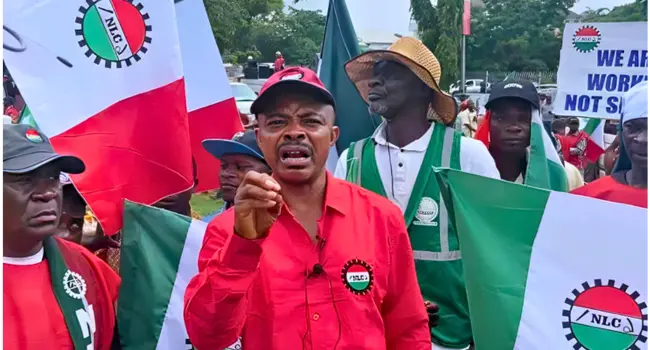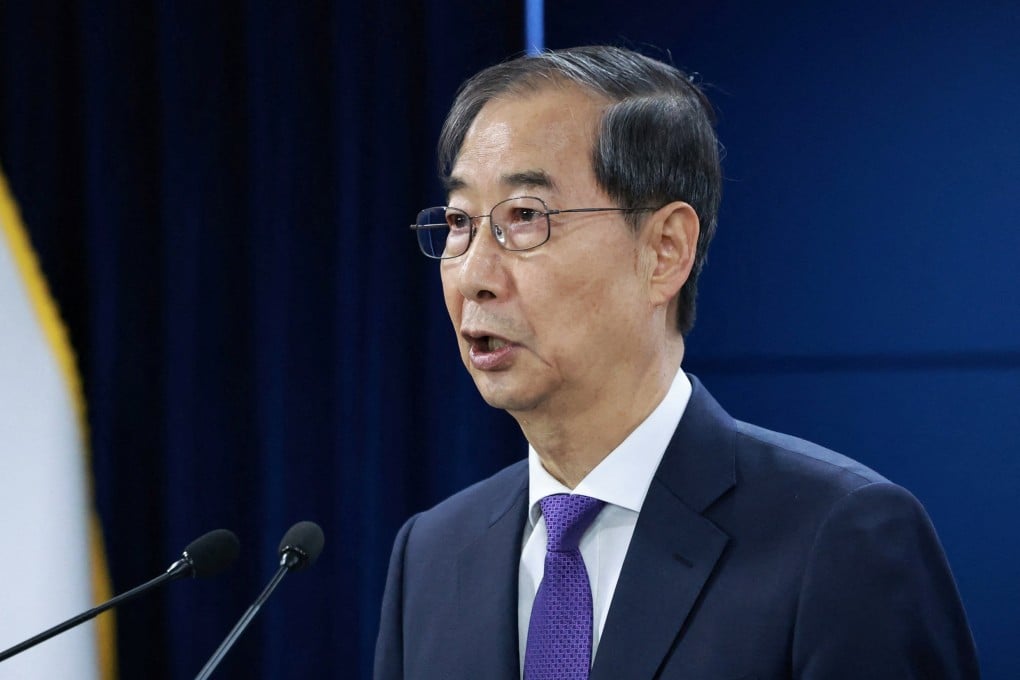Earlier this week, the Philippines had the honor of hosting the High-Level Conference of Middle-Income Countries (MICs), which convened more than 200 delegates from 24 countries and 77 stakeholder groups, including the private sector and multilateral development partners. The discussions centered on the distinct experiences and development challenges faced by MICs in an increasingly complex global environment. Topics ranged from development financing, green transitions, and digital divides to public-private partnerships and the pursuit of inclusion and empowerment.
The World Bank classifies countries based on gross national income (GNI) per capita into low-, middle-, and high-income groups. Middle-income countries fall within a broad range of GNI per capita, from $1,146 to $14,005 (based on the current Atlas method). Despite their diversity in income levels, geographic size, and population, MICs face many common obstacles.

Today, over 100 countries fall into the middle-income category, representing 75 percent of the world’s population, one-third of global gross domestic product (GDP), and nearly 60 percent of the world’s poor. These countries range from large economies, like China and India, to much smaller ones, such as Tajikistan and Tanzania. Yet, they share a common aspiration: to escape the so-called middle-income trap and achieve sustainable, high-income status.
A well-documented pattern in development is that economic growth tends to decelerate as countries climb the income ladder. This slowdown reflects diminishing returns from early growth drivers, such as low-cost labor, capital accumulation, and resource exploitation. As countries advance, deeper challenges emerge—technological stagnation, weak institutions, and what economist Mancur Olson described as “institutional sclerosis”: the entrenchment of vested interests and rent-seeking behaviors that sap dynamism and stifle innovation.
When these forces take hold too early or too often, countries risk falling into the middle-income trap. Indeed, over the past 25 years, only 27 countries have successfully transitioned from middle- to high-income status. Many that reached high-income levels later slid back, while others moved back and forth before securing lasting progress.
Escaping this trap requires coordinated action—both domestic and international—to address persistent structural issues. These include securing fairer access to global markets, mobilizing long-term development finance, and acquiring modern capabilities for value creation. These tasks are becoming more urgent as countries grapple with the pressures of climate change and the need for green transitions—challenges especially acute for vulnerable economies like the Philippines.
A particular concern is the current framework for official development assistance (ODA), which restricts access once a country graduates to upper-middle-income status (defined as a GNI per capita between $4,516 and $14,005). Graduation often results in a significant increase in borrowing costs as concessional financing gives way to more expensive market-based loans. In the Philippines, ODA comprises just 14 percent of the national government’s total debt and about 13 percent of recent borrowings.
The majority of this assistance comes from multilateral institutions—chiefly the World Bank and the Asian Development Bank—while bilateral partners like Japan provide the rest. The impact of ODA on growth and development is mixed. When poorly designed or implemented, aid can foster dependence, displace domestic investment, and promote inefficiencies.
Governance weaknesses, corruption, and low institutional capacity can lead to resource misallocation, moral hazard, and excessive public spending—conditions that risk crowding out private initiatives and dampening productivity. However, ODA can deliver substantial benefits when aligned with strong domestic policies, credible institutions, and effective governance. When deployed in support of national development priorities, it can catalyze reforms, strengthen capacity, and complement private investment.
For the Philippines, the goal is not simply to meet the income thresholds for upper-middle-income status but to achieve sustained, inclusive, and resilient development. This requires preserving sound economic fundamentals—prudent debt management, fiscal discipline, low inflation, and financial stability. These foundations enhance creditworthiness and reduce borrowing costs, potentially outweighing the concessional terms lost through ODA graduation.
As the country approaches this milestone, deeper collaboration with like-minded countries and multilateral partners is essential for building a global environment supportive of shared prosperity. Through strategic engagement, middle-income countries can overcome systemic constraints, resist stagnation, and unlock their full development potential. Subscribe to our daily newsletter By providing an email address.
I agree to the Terms of Use and acknowledge that I have read the Privacy Policy . —————– [email protected].
Politics

Escaping the middle-income trap

Earlier this week, the Philippines had the honor of hosting the High-Level Conference of Middle-Income Countries (MICs), which convened more than 200 delegates from 24 countries and 77 stakeholder groups, including the private sector and multilateral development partners. The discussions centered on the distinct experiences and development challenges faced by MICs in an increasingly complex















